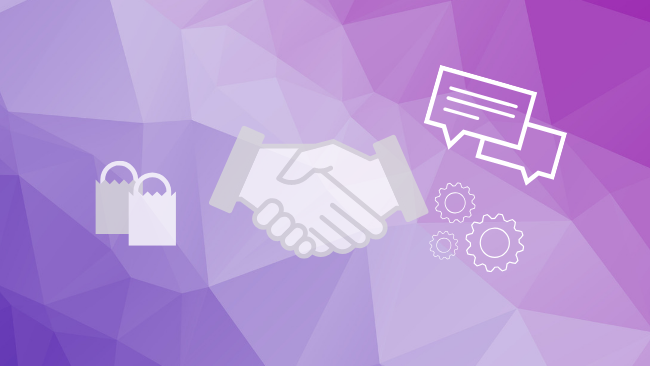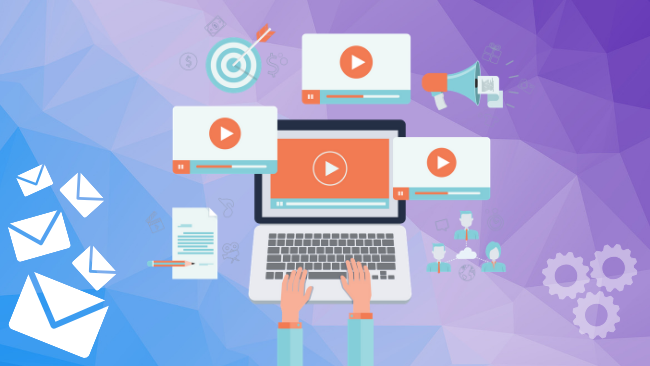Marketing Automation as an Intro to Customer Care and Customer Loyalty

Using the marketing automation tool is only a beginning. You can easily identify the client and sell him a product or a service thanks to personalized messaging but you can just as easily lose him. A tool for marketing automation should be treated as a commitment to customer care. If you interfere with his privacy (no matter if the customer agrees to that or not), you should give something in return. This „something” is called post-sale support and it’s used for long-term relationship building.
I have to burst the bubble a little bit. The marketing world is full of very useful marketing apps for any kind of activities but post-sale support and customer loyalty you have to build on your own or with business consultant’s support. Marketing automation (tutaj link do tekstu 5. What is marketing automation) is only the beginning. For steady sales increase, you need to think about how you’ll act and what you’ll do when the sale is finalized.
According to the study by KPMG, there are very interesting and important stats on consumer loyalty:
- 86% of satisfied customers would recommend the brand to their friends and family
- 66% says there is a big chance of leaving a positive review online
- 46% says they will be loyal even after an unpleasant experience with the brand
Let’s break it all down because this study is really important. The first stat is clear and understandable but two others require important commentary.
66% of customers will „leave” a positive review online. This is how I have framed it but the study uses „to write a positive online review” phrase. Writing something requires time and effort. Writing a few phrases is complicated. People are so busy and tired they often won’t click a golden star to rate a mobile app, not to mention writing a review. In the world of customer relations, there is an unwritten rule – a happy customer is a silent customer. He doesn’t comment, he doesn’t express gratitude, he just buys the product again (if it’s a repetitive behavior, like buying fast-moving consumer goods). It’s unhappy customers that loudly express their feelings. The fact that a large number of happy people are debating on leaving a positive review means that the same amount of people can just as easily leave a bad review. That means that a potential brand ambassador can easily turn into a brand critic. You can’t afford it.
46% of customers will gladly buy something from the company that treated them badly. A poor product quality, unprofessional customer care, shipping delay, poor product quality condition after unpacking. The list of potential factors for bad consumer experience is really long. 46% of customers will buy again nonetheless. Is it a large percentage? No, it’s definitely too low. Only strong and established brands have high percentages. These brands have decades of experience, tradition and mass imagination penetration. Most of the companies can’t be considered just as powerful as Apple, Toyota or Coca-Cola. They have to base their messaging on something else than tradition and life-long trust. This „something else” is called quality.
Some other, very interesting stats. They come from various sources and studies; from Altfeld, through Forbes, to eMarketer:
- 82% of companies agree with the statement that customer retention is cheaper than customer acquisition
- 75% of consumers prefer companies that offer some sort of loyalty program
- 56% of consumers remain loyal to brands that „just get them”
- 65% of new business in many companies come from an already existing customer base
- 5% increase in customer retention increase profit from 25% to 95%
What conclusion can we draw from these statistics? A marketing automation tool is necessary for every marketing specialist, not only for operational purposes. The key is a mentality, customer acquisition, and the offer. Pleased customers come back, unsatisfied customers leave. The key message in both cases is the same – both groups can turn other people and make them advocates from their side.
You can use many marketing automation apps for building customer loyalty. You can, for example, use eCouponing, a tool for code generation (QR codes as well). These codes can be sent in emails, SMS, www or mobile applications. You can also use a real-time marketing module to build an emotional connection (What is Real-Time Marketing?) between a customer and a brand.
All these mechanisms are important but what’s most important lies beyond day-to-day routine and is based on mere respect for the consumer.



